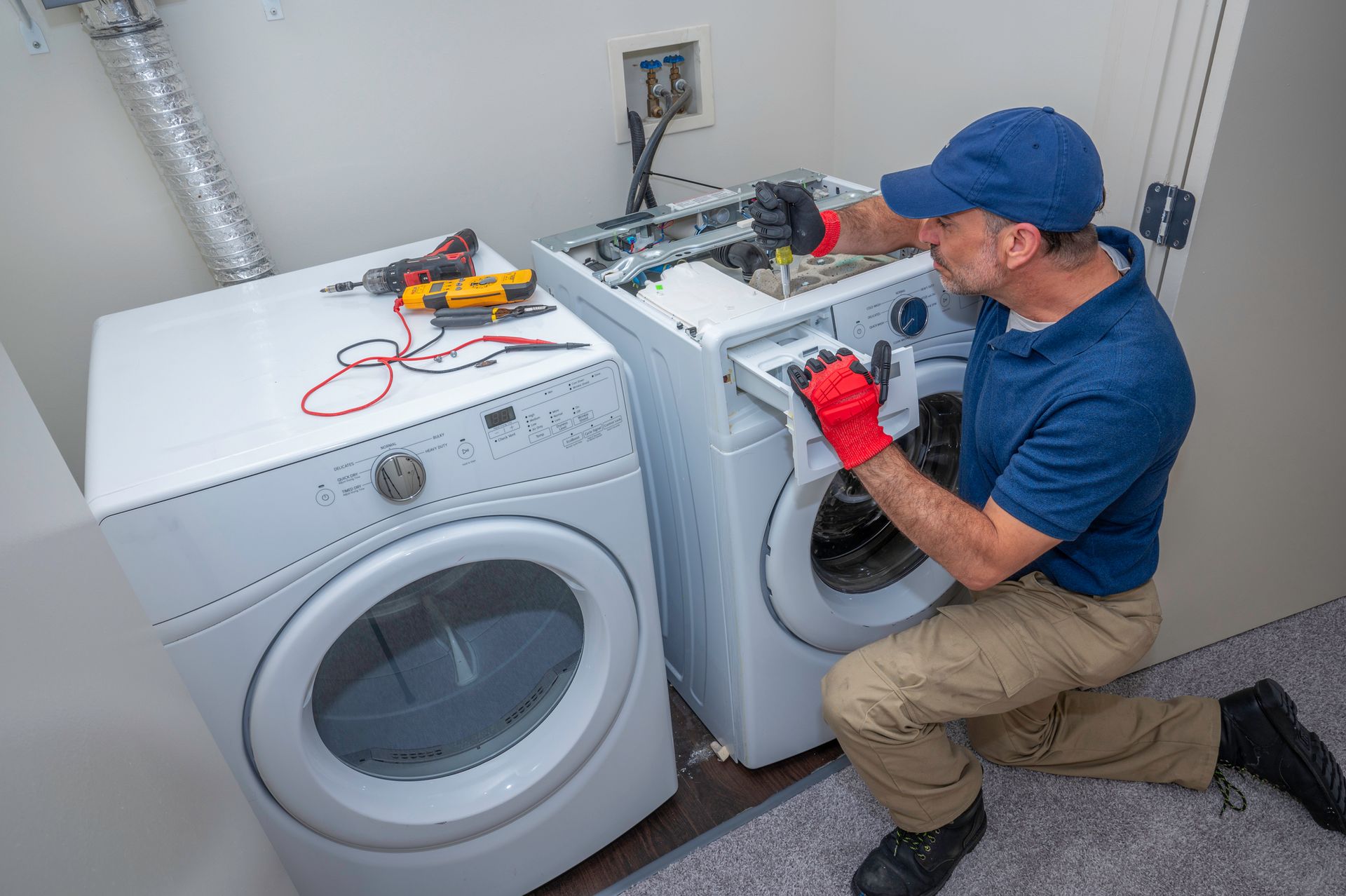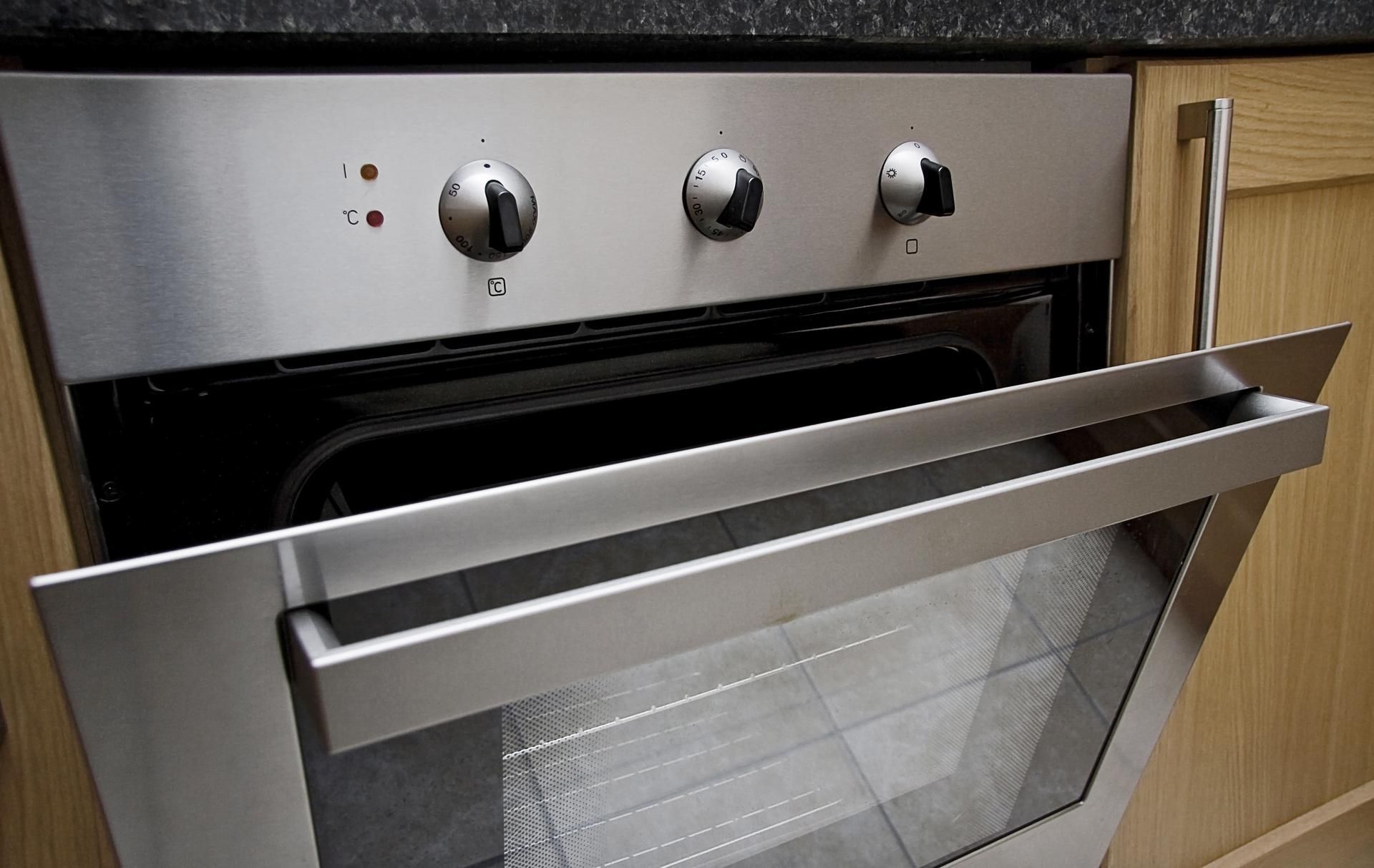Gas Stoves vs. Electric Stoves: What’s the Difference?
Buying a new stove can be daunting, especially when trying to choose between gas and electric models. Depending on your home’s resources, you may only be able to pick one or the other. Both gas stoves and electric stoves have advantages and disadvantages. We will highlight the differences between both types of stoves in this article.
Gas Stove Overview
You could probably guess that natural gas powers gas stoves. These can include butane or propane. Most housing in urban areas comes equipped with a gas line and can house gas stoves easily. However, rural areas can have fewer gas lines and are more likely to need an electric stove. Gas stoves produce heat by flames and can cook food more thoroughly than electric stoves. Consumers can also adjust the temperature based on the flame size, allowing for more accurate cooking methods.
Electric Stove Overview
Historically, electric stoves have raised black coils that turn red when heating. Over the past decade, flat-top stoves with smooth surfaces have increased in popularity. Ultimately, electric stoves require a 240-volt power outlet and are relatively easy and inexpensive to install. Electric stoves are simple to cook with and often provide storage for pots and pans below the oven. However, more experienced cooks may notice longer cooking times and possibly uneven heating throughout the cooking process.
Cost Comparison
Consumers will find that costs of purchasing and operating gas and electric stoves can vary. Gas stoves are more expensive to buy than electric stoves, which can detract consumers from going the gas route. However, the cost-effectiveness of choosing a stove often depends on the resources that your house comes equipped with. For houses with existing natural gas lines, choosing a gas stove will result in cheaper operating costs and energy bills than utilizing an electric stove.
Safety Comparison
Gas stoves can present more risk than electric stoves, mainly due to the open flame. For example, gas stoves can still emit gas into your home, even when a burner flame isn’t present. As a result, this creates a severe fire hazard. Make sure to always double check that the burner is turned off when finished cooking, even if the flame has gone out. Additionally, electric stoves may be seen as safer for parents with children, as there is no open flame. Typically, the burner coils heat red while heating on an electric stove. However, electric stoves can present a burn hazard also if consumers touch burners too soon after cooking before they have adequately cooled.
The post Gas Stoves vs. Electric Stoves: What’s the Difference? appeared first on Docs Appliance Service.
















